
Umoja Greenlands prioritizes the alleviation of suffering by bringing access to clean water, nutritious food, and secure housing—transforming conditions of scarcity into abundance across Africa through regenerative and community-centered initiatives.
Umoja Greenlands: Building Thriving Communities Together
Umoja Greenlands is a grassroots movement dedicated to uniting communities across Africa to address shared challenges through collaboration, mutual support, and sustainable solutions. Our mission is to transform lives while restoring the environment for future generations.
We focus on key impact areas:
- Clean Water Access – Providing safe, reliable water to every community.
- Food Security & Permaculture – Promoting sustainable agriculture through food forests and regenerative farming.
- Land Restoration – Revitalizing degraded land to ensure a resilient future.
- Shelter & Infrastructure – Constructing homes and communal spaces through collective action.
- Mutual Support & Collaboration – Strengthening communities by working together.
Our immediate priority is clean water, because water is life. By installing community water tanks, we are addressing the urgent water crisis—one village at a time.
Join us in creating a future of resilience, abundance, and shared prosperity. Together, we thrive.

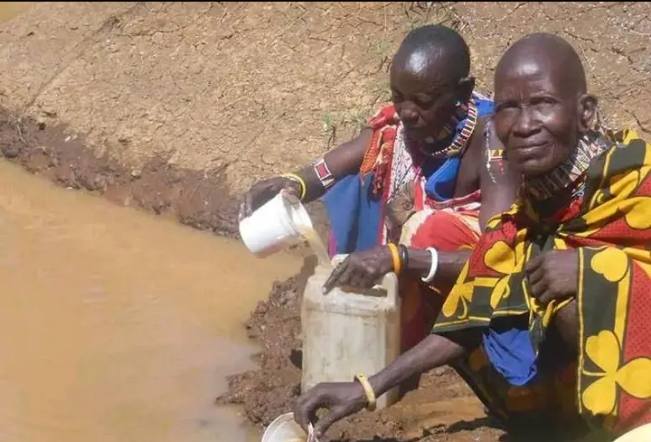
Bringing Clean Water to African Communities – A Sustainable Solution
The Problem
Millions across Africa face water shortages, relying on costly boreholes or unsafe sources. Drilling a borehole can cost up to $25,000—out of reach for many. But a simple, affordable alternative exists: rainwater harvesting.
The Solution
We install 10,000-litre water tanks in homes, schools, and community centers to store rainwater for daily use. This system is:
✔ Low-cost – Only $900 per tank, up to 25x cheaper than boreholes
✔ Easy to maintain – Simple setup with gutters, PVC pipes, and filtration
✔ Sustainable – Uses natural rainfall, reducing groundwater depletion
How It Works
1️⃣ Rainwater Collection – Gutters direct rain into the tank
2️⃣ Storage & Filtration – Secure tanks with simple purification methods
3️⃣ Community Training – Locals learn maintenance and conservation
Funding & Support
We seek funding through:
✅ Government & NGO partnerships (UNICEF, WaterAid, Red Cross)
✅ Community contributions & corporate sponsorships
✅ Crowdfunding & donations from global supporters
The Impact
🌍 Millions gain clean, safe water
💰 Families save money on water costs
🛑 Reduces waterborne diseases
✅ Eco-friendly & sustainable
Join us in making clean water a reality for all! 🚰

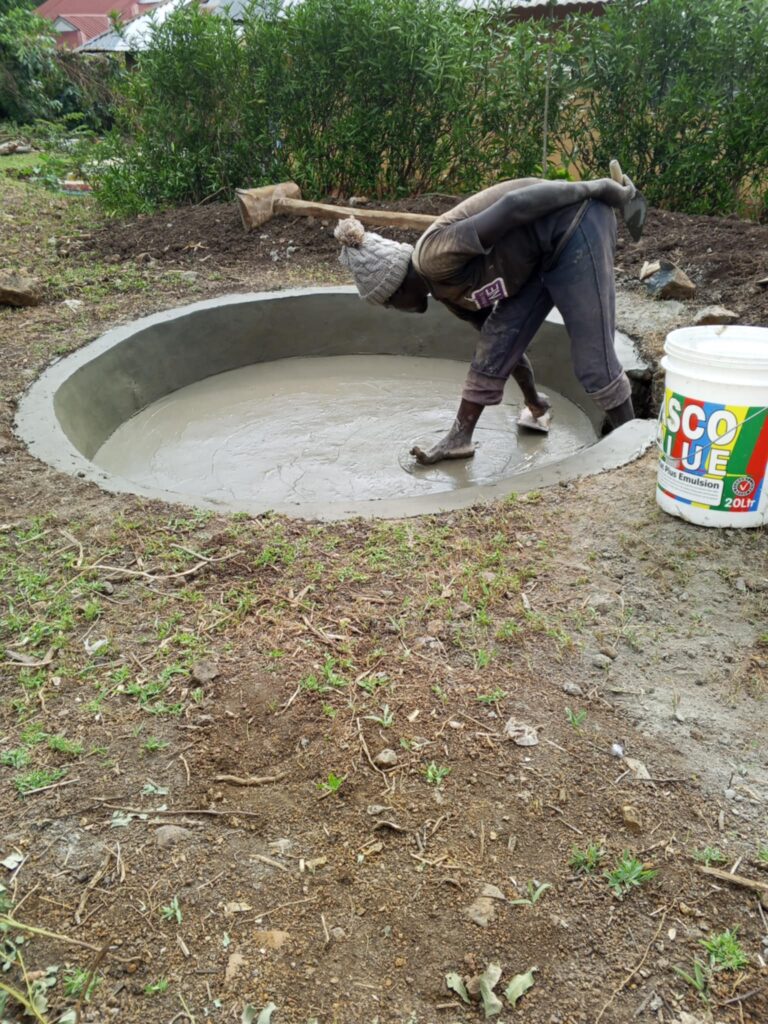
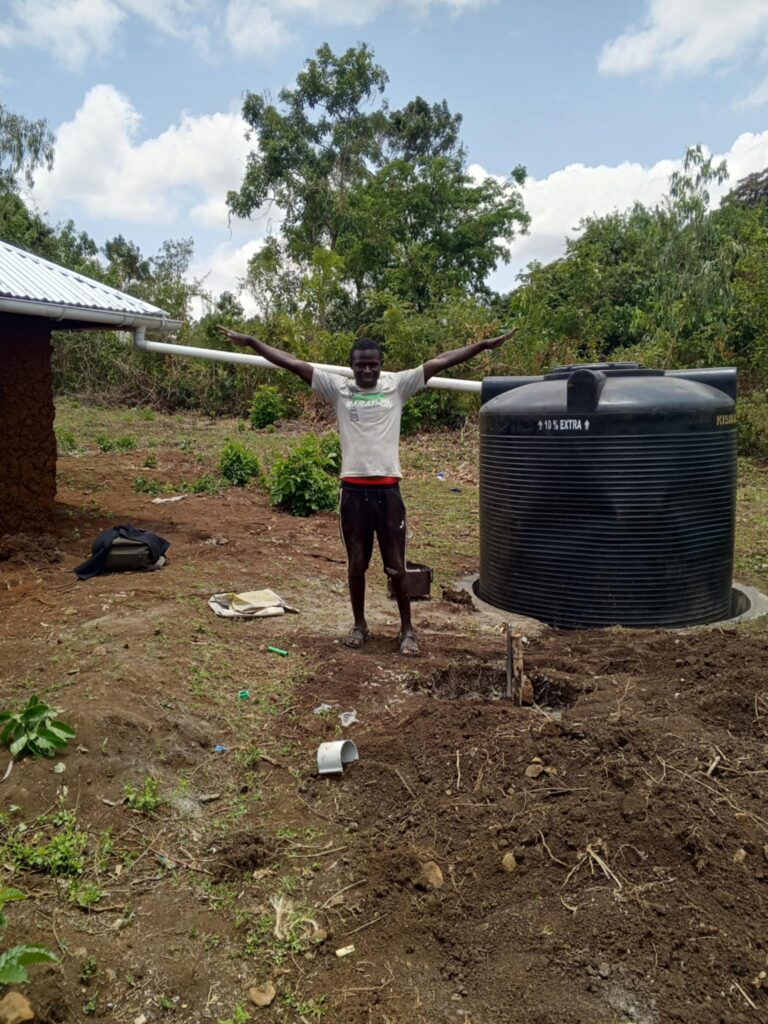
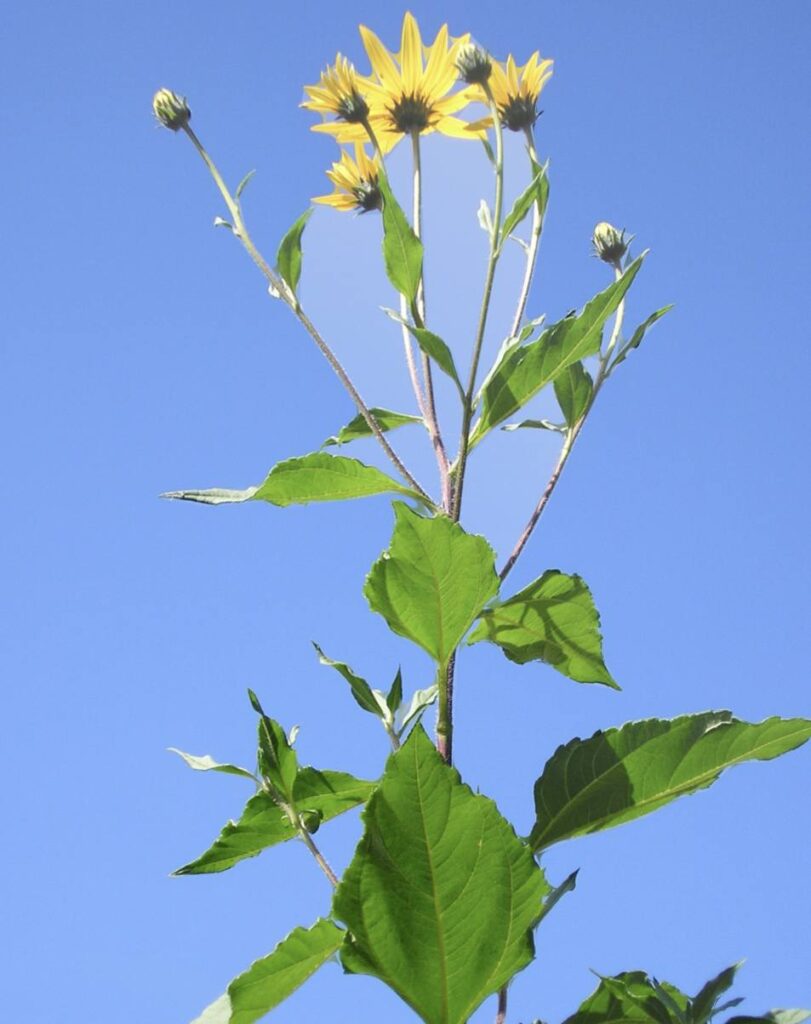
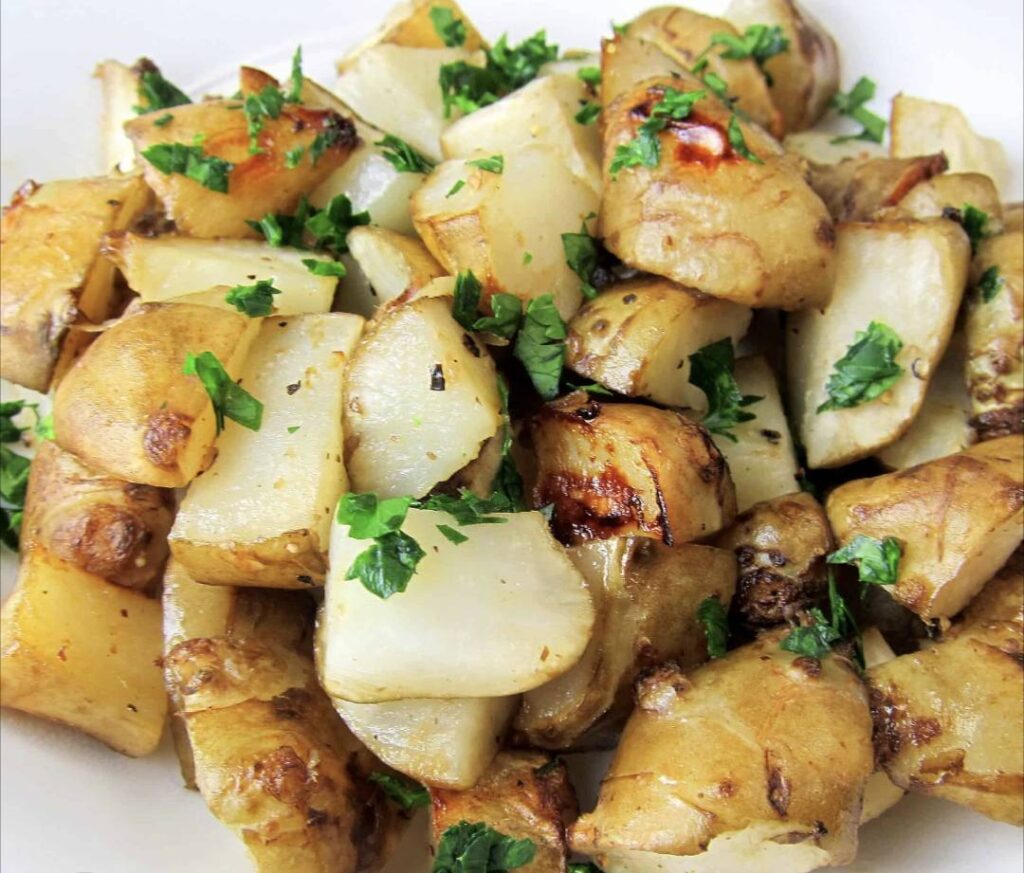
Jerusalem Artichoke: A Resilient & Nutritious Crop for Africa
What is Jerusalem Artichoke?
Jerusalem artichoke (Helianthus tuberosus), also known as sunchoke, is a hardy, high-yield tuber related to sunflowers. It grows well in diverse climates, producing underground tubers rich in inulin (a prebiotic fiber), iron, potassium, and other essential nutrients. This makes it a valuable food source for both humans and livestock across Africa.
Why Grow Jerusalem Artichoke in Africa?
✔ Drought-Resistant & Adaptable – Thrives in poor soils and dry regions, making it ideal for Africa’s diverse climates.
✔ High Yield & Food Security – A single plant can produce 2–5 kg of tubers, and the crop regenerates naturally from leftover tubers.
✔ Nutrient-Rich & Versatile – Can be eaten raw, cooked, turned into flour, or used as animal fodder.
✔ Low Maintenance & Sustainable – Requires fewer inputs than conventional crops like maize and cassava.
✔ Market Potential – Growing demand for nutritious and climate-resilient crops in Africa presents business opportunities.
How to Plant & Grow Jerusalem Artichoke in Africa
🌱 Planting: Best at the start of the rainy season for optimal growth.
📏 Spacing: Plant tubers 10–15 cm deep, with 30–50 cm between plants and 60–90 cm between rows.
💧 Watering: Minimal water needed once established, making it ideal for semi-arid regions.
🌾 Harvesting: Ready in 4–6 months, when the leaves turn yellow. Harvest carefully to avoid damaging the tubers.
♻️ Regrowth: Any small tubers left in the ground will sprout again the following season.
Where to Get Jerusalem Artichoke Tubers in Africa?
✅ Agricultural Research Institutes – Check with organizations such as KALRO (Kenya), IITA (Nigeria), and ARC (South Africa) for planting materials.
✅ Farmer Networks & Local Cooperatives – Connect with farmers and agricultural extension services to source tubers.
✅ Online Marketplaces & Agro-Stores – Some African seed suppliers and international sellers provide tubers for shipment.
✅ Importation from Global Suppliers – Some companies in Europe, the USA, and Asia export Jerusalem artichoke tubers to Africa.
A Sustainable Solution for Africa’s Food Security
With its high yields, resilience to drought, and nutritional benefits, Jerusalem artichoke is an excellent choice for smallholder farmers, urban gardeners, and commercial agriculture. By adopting this low-cost, sustainable crop, African communities can enhance food security, economic opportunities, and climate resilience. 🌍🌱
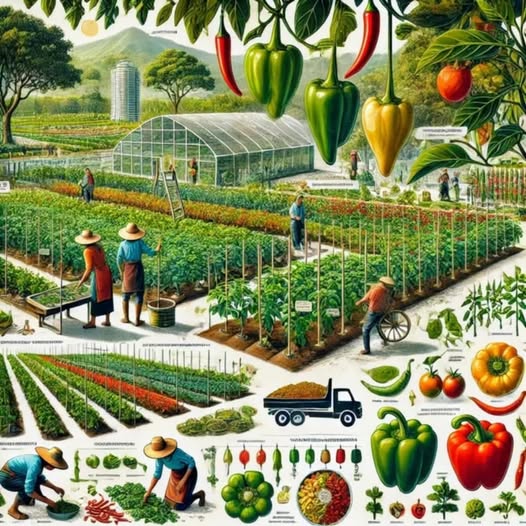
🌱🌍 Capsicum: A Superfood for Health, Farming & Food Security 🌍🌱
Capsicum (bell & chili peppers) is a nutrient-rich, eco-friendly crop with powerful health benefits and high market demand. Packed with antioxidants, vitamins C, A, & E, and anti-inflammatory properties, it fights malnutrition, boosts immunity, and even helps regenerate soil.
Why Grow Capsicum?
✔ Feeds Communities – Supports heart health, digestion, and metabolism.
✔ Thrives in Africa – Grows in warm climates, well-drained soils, and altitudes up to 2,000m.
✔ Profitable & Sustainable – High demand, drought-resistant, and ideal for both small & large-scale farming.
✔ Heals the Land – Improves soil, naturally deters pests, and helps sequester CO₂.
How to Grow Capsicum?
🌿 Select Quality Seeds → 🌱 Prepare a Nursery → 🚜 Transplant → 💧 Irrigate → 🛡 Use Natural Pest Control → 🌶 Harvest in 75–90 Days
Scaling for Impact
🔹 Expanding capsicum farming in dry regions 🌾
🔹 Training farmers in organic & regenerative agriculture 🌍
🔹 Supporting women & youth agribusinesses 💪
🔹 Developing value-added processing for local & export markets 📦
Capsicum = Food, Health & Climate Action! 🌎💚
Interested in farming, agribusiness, or sustainability projects? Join us in growing a healthier future! 🚀🌶
👉 Get started today! #CapsicumFarming #SustainableAgriculture #FoodSecurity

🌳💧 Baobab Trees: Nature’s Living Water Cisterns 💧🌳
Baobab trees are natural water reservoirs, storing vast amounts of water in their fibrous trunks to survive long dry seasons and support ecosystems. In some African communities, these trees provide a vital water source during droughts.
How Much Water Can a 50-Year-Old Baobab Store?
The storage capacity varies by species, location, and climate, but estimates suggest:
🟢 Ancient baobabs (hundreds of years old) can hold up to 120,000 liters (31,700 gallons).
🟢 A 50-year-old baobab (with a trunk diameter of 1.5–2 meters) may store 1,000 to 5,000 liters (260–1,300 gallons).
Can Baobabs Sustain a Community?
A village of 300 people requires about 110 baobabs (50 years old) for annual drinking water. However, the number varies:
🌿 If each tree stores 1,000 liters → 328 trees needed.
🌿 If each tree holds 5,000 liters → 66 trees could be enough.
Sustainable Baobab Water Harvesting
While baobabs can serve as a lifeline during droughts, careful use is essential:
⚠ Overharvesting can weaken the tree and shorten its lifespan.
⚠ Stored water is gel-like, not a free-flowing liquid.
⚠ Filtration is necessary before drinking.
Baobabs: A Natural Solution for Water Security
These iconic trees offer a sustainable, drought-resistant water source, but responsible management is key. Want to learn more about eco-friendly water harvesting? Let’s explore sustainable solutions together! 🌿💧
#BaobabWater #SustainableLiving #DroughtResilience




